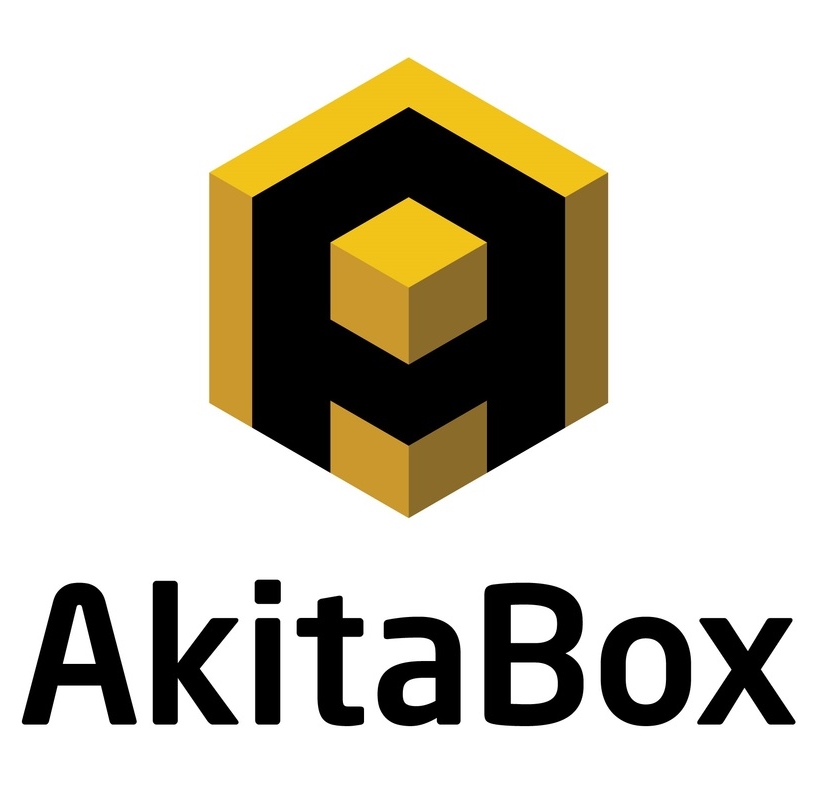by LUKE PERKERWICZ, co-founder, AkitaBox | Oct 4, 2015
The built world is reliant upon accurate information for constructing and operating buildings. However, any project manager, building operator or facility professional knows that finding accurate building plans and O&M information is next to impossible because of the lack of information management standards across a buildings lifecycle.
Despite the fact that architects, contractors and facility managers need to be collaborative during the building process, there is still a lack of trust in the information passed along from one group to another. This results in building professionals wasting time looking for accurate information or recreating building documents that can be trusted. To reduce this waste, we need to embrace technology in the built world and to work together to create a single-source of truth for building information, from inception to demolition.
The Building Life Cycle
A building has a clearly defined lifecycle that can be broken into three stages: design, construction and operations. Of these stages, design and construction tend to get the most attention from building professionals. There are several reasons for this:
- More people are working on the building at this moment than at any other period in its lifecycle;
- Time and budgetary constraints force productivity upon architects, engineers and contractors;
- The problems and needs for facility management have not been clearly identified yet, as the building has not been created.
However, if we look at an average building’s timeline, its design and construction actually accounts for only one to three years of its expected, 50-year life.

What’s more, the design and construction phases also represent only 20-25% of the total expenditures expected for the building, itself.

The Weak Link in the Chain
Collaborative software systems and construction processes have greatly improved the efficiency of building and designing buildings. However, the operational stage of a building’s lifecycle has lagged behind in terms of adopting innovative and efficient systems for facility management. There are three reasons facility management is the weak link in creating a desired single-source of truth:
- People
- Facility managers are retiring faster than new people are entering the industry;
- The average age of a facility manager today is approaching 50 years.
- Process
- Facility managers are forced to collect the information contractors used for construction rather than collect the information they need for operations;
- Older buildings force facility managers to stick to the information management processes created when the building was constructed.
- Prevalent behavior
- The most common way building owners and operators deal with maintenance and repairs on their facility is to simply do nothing until an asset breaks.
- Facility workers do not have a standardized way of tracking maintenance or key procedures within a facility. As a result, individuals become its most reliable knowledge resource.
These factors lead architects, contractors and facility managers to recreate building plans and maintenance documents throughout the operational phase of a building. It happens countless times during new construction, replacements, remodels, maintenance, unexpected repairs, capital planning, space planning and change of ownership. The fact of the matter is this: if information is needed and can’t be trusted, people will waste time recreating it.
The Solution of the Future
Completely integrated systems are the future of the way we manage and access building information. From project management and computer-aided-design (CAD) programs to work-order management and building-automation-systems (BAS), our information will be stored on a common platform and referenced for our needs within the built environment.

An example: At a college campus we recently worked with, we discovered that the building team was using 28 different software packages for facility management, construction and planning. Each software program had a unique and useful purpose, but there was overlap in the information and data each program referenced. More often than not, the data also varied in accuracy across each software. For example, the space planning department and the maintenance department needed the same building plans for performing routine tasks. However, the building plans each group used did not match. When we examined these documents even deeper, we found that both groups were using inaccurate building plans, causing a 5-10 percent discrepancy in the intended outputs of the programs! I wish I could say this was an anomaly, but this has been a common finding at facilities we have worked with across the country.
In the future, these problems will not exist.
The software packages that survive will be entirely integrated and reference the same information. This single-source of truth will pull data in from the BIM models created to design our buildings, the Building-Automation-Systems controlling the environment of our facilities and the maintenance management systems directing our facility management work-force. The separate applications we use will pull in the same data that is accurate and can be trusted. This integrated system will allow our organizations to retain the institutional knowledge of our workforce and transfer knowledge to facility personnel instantly. This democratization of facility knowledge will allow our workforce to access facility information as simply as Google has allowed us to access information on the Internet.
What can you do today?
From design to construction to building operations, it is crucial that we understand the information needs of the different building groups we work with. So, think differently about the way we gather and use building information. Work to create a central location for storing your building information that is referenced by the different departments of your organization. At the end of the day, we need to be proactive to create that single-source of truth. But doing so will pay big dividends for the future of your facility’s management.

Based in Madison WI, the author co-founded AkitaBox in early 2014 with the aim of providing technology solutions that reduce expenses and improve maintenance and operations productivity for facility managers and building owners. AkitaBox’s SaaS application stores and indexes building documentation (e.g. blueprints and manuals) and facility data (e.g. equipment model numbers and maintenance records) in a single searchable, location-based, online resource. Email: lperkerwicz@akitabox.com


Discussion
Be the first to leave a comment.
You must be a member of the BuiltWorlds community to join the discussion.